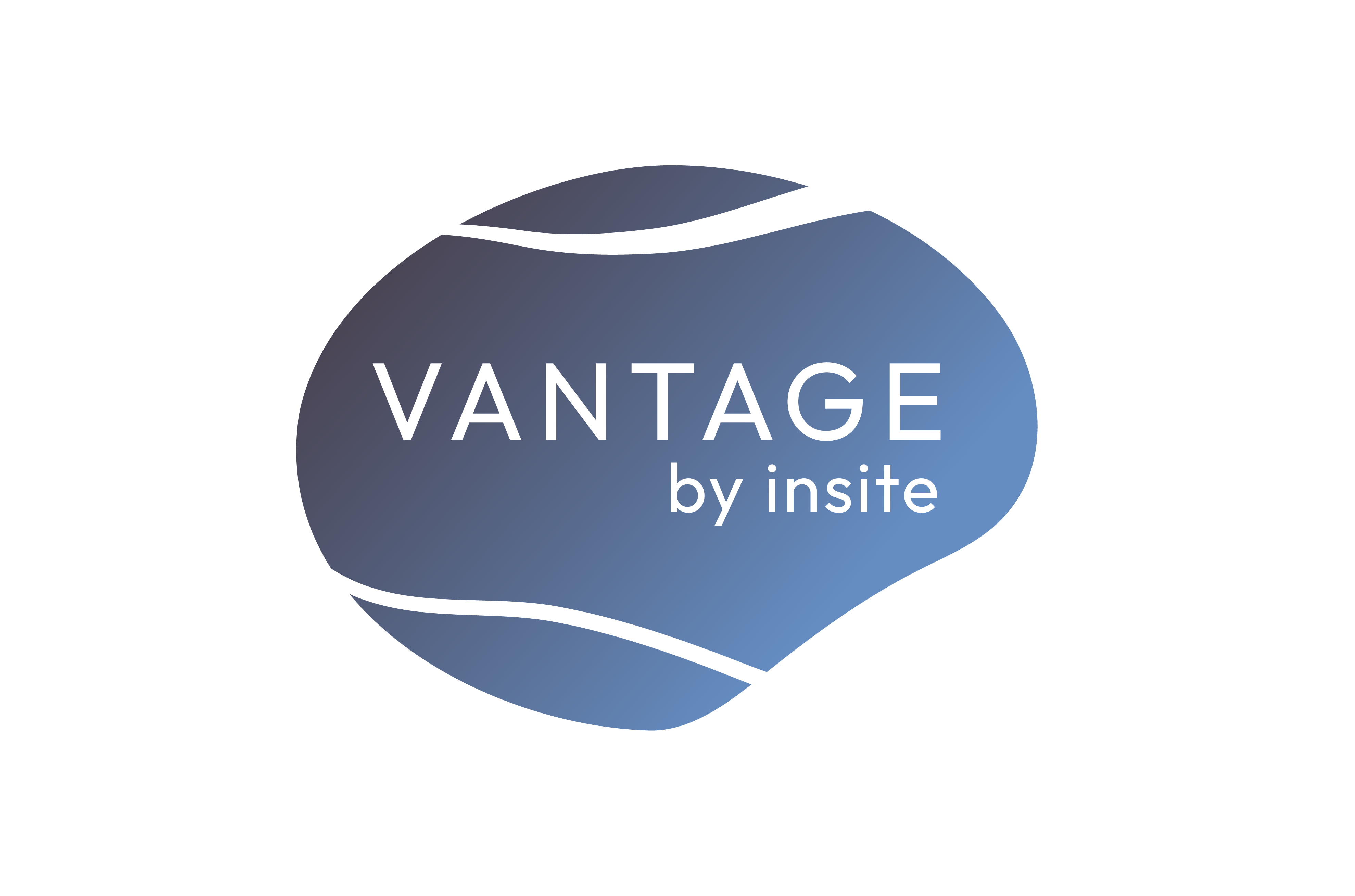
Through a decade of heat networks: Lessons, growth, and shaping the future
19th September 2023Written by: Anthony Coates-Smith, Managing Director at Insite Energy
As the Department for Energy Security and Net Zero (DESNZ) embarks on consultations for Ofgem's impending role in regulating the heat network market from 2025, Insite Energy finds itself reflecting on the journey it embarked upon in 2009. Each year since then has been a chapter of learning, a steppingstone to becoming a leader in the heat network industry.
By looking back, we hope the lessons we learned will help us to submit our response to DESNZ that will guide Ofgem’s future monitoring, compliance, and enforcement approach, and highlight areas that may need further development.

2009: Disrupting the status quo
Insite Energy emerged onto the scene, driven by a vision of choice and flexibility. We shattered the monotony of long-term service contracts and proprietary hardware, allowing heat network clients to regain control by utilising open and transferable metering hardware with shorter contracts. The lesson was clear: the industry lacked choice, and it was our goal to provide it.
2010: Beyond housing associations
With our first office opening in London, we continued to help Housing Associations (HAs) in need of support, but it didn't take long to realise that our services were needed far beyond properties managed by them. Our HA clients, with whom we had by then built a strong relationship with, introduced us to private developers, emphasising that metering & billing solutions must serve the entire heat network throughout its lifecycle.
2011: Embracing innovation
Outdated prepayment hardware and solutions were exposed, highlighting the importance of embracing innovation. We recognised that technology in heat networks could easily be outdated by the time residents moved in and started to look at other ways to make their lives easier in other ways.
Beyond this, we saw that the heat network market stretched beyond London with a considerable growth of heat networks in Scotland. Over the following years, we ensured to still serve the nation's capital, but expand our services outside of it too.
2012: Putting customers first
With the launch of FlexiPay, our own in-house prepayment platform, we learned that putting customers first reduced issues for clients. By providing multiple and convenient payment options, we increased customer satisfaction and set a higher standard for customer service. This lesson became key to our mission moving forward.
2013: Promoting choice and transferability
The introduction of Guru Hub I into our metering and billing offering marked a pivotal shift. In response to the rising demand for PAYG solutions, we embraced an off-the-shelf solution, breaking free from proprietary PAYG systems. Unlike other PAYG systems, Guru Hub I was not owned by a single operator, allowing clients to switch metering & billing provider more easily.
In 2013, we saw an 80-20 split between credit billing and PAYG. This client-centric approach of providing a PAYG system that wasn’t linked to a single metering & billing provider, allowed clients to retain data rights and adapt as needed. We now see a 20-80 split between credit billing and PAYG across our portfolio.
2014: Advocating for the future
A large tender win with Guinness Trust coincided with the introduction of The Heat Network (Metering & Billing) Regulations 2014. We had long advocated for regulation and, as a result, Insite’s existing systems and processes were already fit for purpose. We did however recognise that the regulations didn’t cover everything, so continued to advocate for best practice and customer protection.
2015: Scaling excellence
Reaching a milestone of 10,000 residential customers taught us that achieving high standards in customer and client services required significant investment in technology, people, and processes. Excellence was attainable but required growth in customer volumes to support it. To help with this, we joined various industry associations. Their channels also further helped us to liaise with Government to improve the heat network market.
2016: Expanding our offerings
The Heat Network Investment Project (HNIP) was established. With the Government providing capital gap funding for heat networks, the scheme aimed to help create the conditions necessary for a sustainable heat network market to develop.
Our partnership with Secure Meters, allowing us to offer their PAYG solution, the Liberty 100 paired with the Pipit 500, in addition to our existing services could not have come at a better time. Looking back at why we entered the market, we recognised the need for a greater choice of solutions, and this expansion showcased our commitment to serving client and customer needs comprehensively.
2017: Managing growing pains
Winning an Official Journal of the European Union (OJEU) public sector tender with Genesis Housing Association marked eight years of growth, not just for us, but for the entire industry. This highlighted the need for extensive investment and process overhauls to continue delivering market-leading services in this growing industry. We put in place a strategy to achieve just that.
2018: Futureproofing with technology
An internal upgrade to Gentrack Velocity, a customer relationship management (CRM) software and billing platform, was closely followed by the introduction of General Data Protection Regulations (GDPR). This timely investment ensured we remained GDPR-compliant and continued to future-proof our operations.
2019: Prioritising customer service
By 2019 we learned that great customer service starts with your people. With our customer contact centre being located in central London for ten years, our ability to have the best customer service team in the market was limited. Strategically, we selected Peterborough as the prime location to base our new customer contact centre. Alongside delivery of our digitisation strategy, our average call wait-time was reduced by 1 min. 21 sec., less than 1% of our customers issued a complaint, and our service quality improved by 41% in a year’s time.
2020: Navigating crisis with empathy
The onset of the pandemic was a tough time for us all. More people were working from home, and as a result people’s energy bills went up too. Having adopted a ‘no script’ policy for our call centre, we saw the true value of empathy during times of crisis, and this was reflected in our rising customer satisfaction scores.
In an almost overnight transfer to homeworking and meeting clients and colleagues over video calls, we also recognised that our investment in digitisation over the previous two years set us in good stead. It solidified the idea that technology would continue to help us and the market to grow.
2021: Meeting emerging needs
In 2021, partly through the growth in built-to-rent (BTR) portfolios connected to heat networks, we recognised an increasing requirement for holistic heat network management, leading to the creation of our ESCo Manager service.
Alarmingly the energy crisis started to unfold in the autumn, with gas prices for contracts serving heat networks increasing rapidly. This set the tone of where our efforts would be focused for the coming 18 months.
2022: Evolving for Government support
2022 undoubtedly was all about liaising with the Government over support mechanisms for heat networks and how to implement those as quickly and efficiently as possible to benefit consumers. What we learned was that prior to that, the Government had not fully understood some of the nuances surrounding heat networks. The energy crisis enforced engagement, which has improved understanding and led to further developments in heat networks for years to come.
2023: A glimpse into consumer protection regulations
As we peer into the future, the prospect of new consumer protection regulations comes into view. The ongoing consultations with key stakeholders signify a positive step forward for all parties involved.
Our deepening involvement in heat network maintenance has illuminated a critical issue: there remains a widespread lack of understanding regarding the specialised expertise required in heat network engineering. This gap in awareness is particularly pronounced in an unregulated market. Yet, there is a desire to elevate the standards of the quality for existing heat networks and their performance; one we continue to cater for with our maintenance services.
2024 prediction: Preparing our clients for upcoming regulations
Looking ahead, our primary objective is to digest all upcoming consultations on future regulations by taking part in Ofgem workshops, ensuring both our organisation and our clients are fully prepared for the changes that will be introduced to the heat network market in 2025.
With a dedication to great customer service, KURVE, and providing quality data to our clients through VANTAGE and RavenResidential, we are also taking an increased interest in Environmental, Social, and Governance (ESG) principles. These will continue to shape our commitment to heat network performance and maintenance.
A decade of lessons has shaped our journey. From choice and innovation to customer focus, we've grown. Regulation offers transparency and growth prospects. Empathy in crises matters, and sustainability is our focus. Together, we'll lead the way to a more efficient, customer-centric future.


